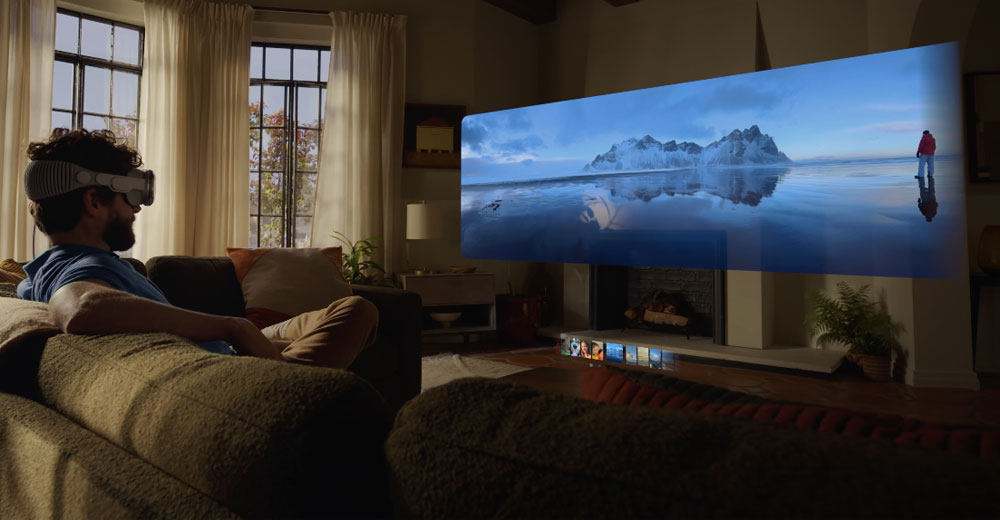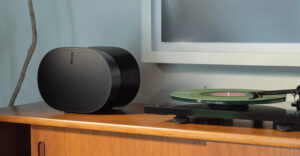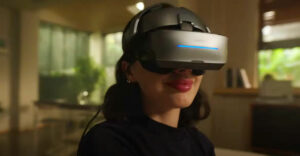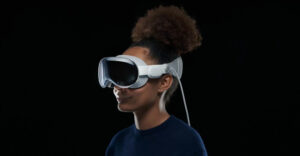Apple finally drew back the curtain Monday on the Vision Pro headset at WWDC 2023, and the leadership team dedicated some serious time to explaining how the device functions and how to use it.
The big reveal occurred about 80 minutes into the event after perfunctory overviews of iOS, iPadOS, macOS, and watchOS updates. I must admit that I thought the big “One More Thing…” moment would never come. Fortunately, it did, and I came away with some distinct observations about Apple’s most significant announcement since the Apple Watch in 2014.
Characterizing what Apple is trying to accomplish with Vision Pro as ambitious seems to be an understatement.
What Is Vision Pro?
Making hard and fast judgments about Vision Pro and its potential is impossible, as most attendees at the event could not directly handle or examine the product. Regardless, from what I’ve seen, it looks far more appealing than any other AR or VR headset currently on the market.
The mixed-reality (MR) headset is relatively light and appears to weigh less than Apple’s notoriously heavy AirPods Max headset, but I could not confirm that. Its bulky, plushy band around the back and the fabric-like shield surrounding it give Vision Pro its weight and circumference.
Glancing at it from the front, the headset looks like a stylish pair of ski goggles.
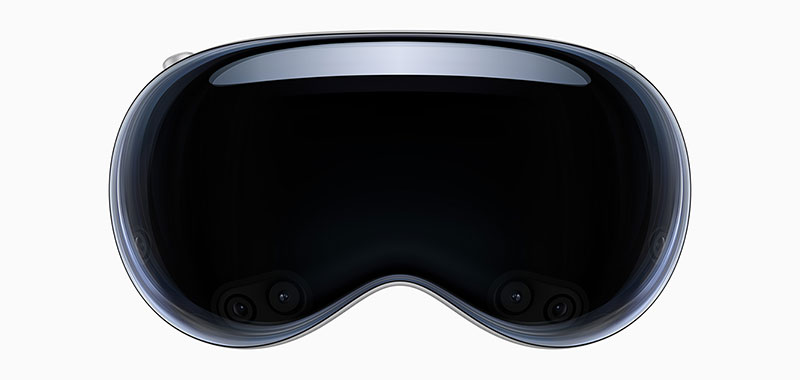
Vision Pro glass, front view (Image Credit: Apple)
My first impression is that Vision Pro’s mild curvature should allow it to fit on most faces relatively comfortably, even though head sizes vary significantly.
In customary Apple design fashion, the power cord that protrudes from the left side and the iPhone-sized battery pack that provides two hours of battery life has a pleasant silvery hue.
Vision Pro’s built-in high-fidelity audio is embedded in the little bumps on the band’s sides, and Apple points out that its central selling aspect is spatial audio.
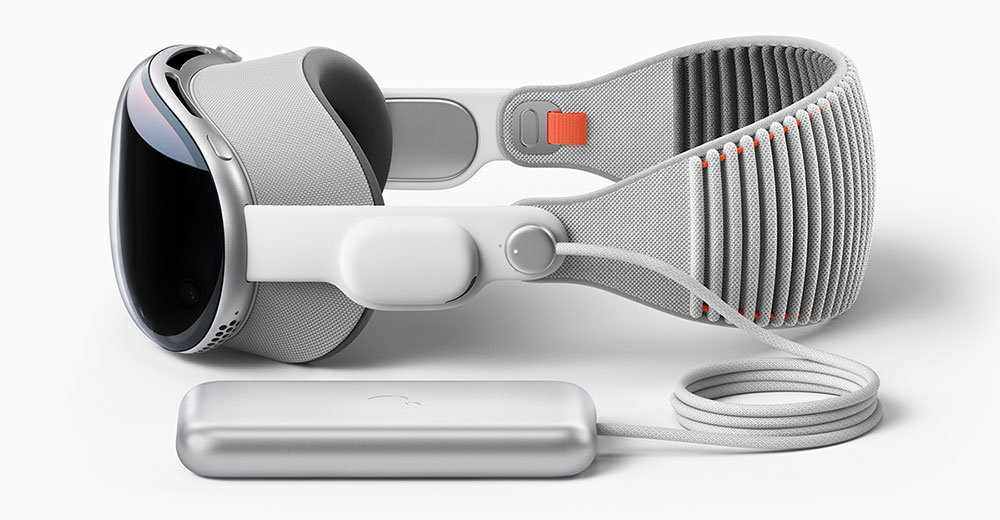
Apple says Vision Pro is capable of operating for two hours on a single charge. (Image Credit: Apple)
The device’s additional sensors and multiple cameras are located directly beneath the front-facing glass; if you look at the headset from the correct angle, you can see some cameras looking outwards.
A vent runs below both eyes to force all the heated air from the processor into the user’s cheeks. One of the unknowns about the Vision Pro is how much, if any, heat it will throw off after continuous use. Still, presumably, its use of Apple silicon will mitigate much of that and further validates Apple’s long-term strategy of designing its own silicon.
Differentiating Factors, Usability Aspects
A big differentiator between Vision Pro and products like Oculus is that it allows users to see through the front screen.
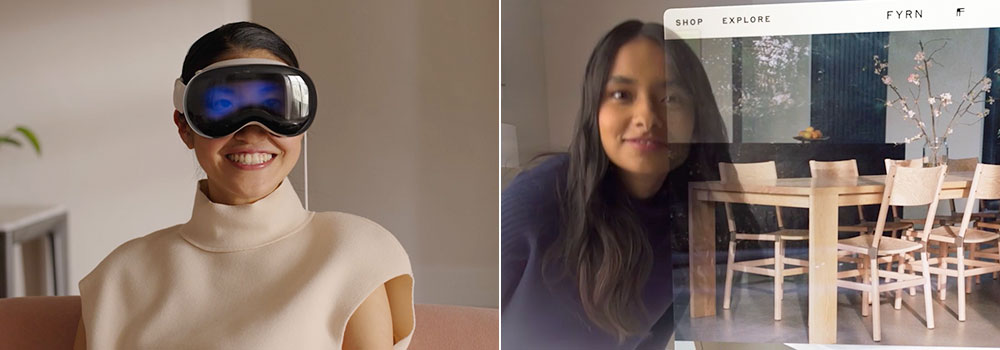
With Apple Vision Pro’s EyeSight feature, users can stay fully engaged with their surroundings while immersed in augmented reality. (Images Credit: Apple)
When the Vision Pro’s front-facing display softly pulsates with light, it indicates that someone can’t look out of the headset. This approach is a novel implementation, but some users could see this as scary. Unquestionably, it is different.
Of course, how it feels in real life for extended periods of time will be the crucial question. Will it rest too heavily on your nose without an overhead band? Will the cable from your left temple to the battery pack irritate you? Will it become warm after a while? How will it seem on the inside, too?
I’m impressed with Apple’s idea that users could use the Vision Pro instead of a computer or a television monitor. Still, that usage model will consume much processing and display power. Apple claims that its panels utilize 23 billion pixels, which is north of what a typical 4K TV uses. Still, the proof will be in the pudding if the video image quality matches a premium large-format TV.
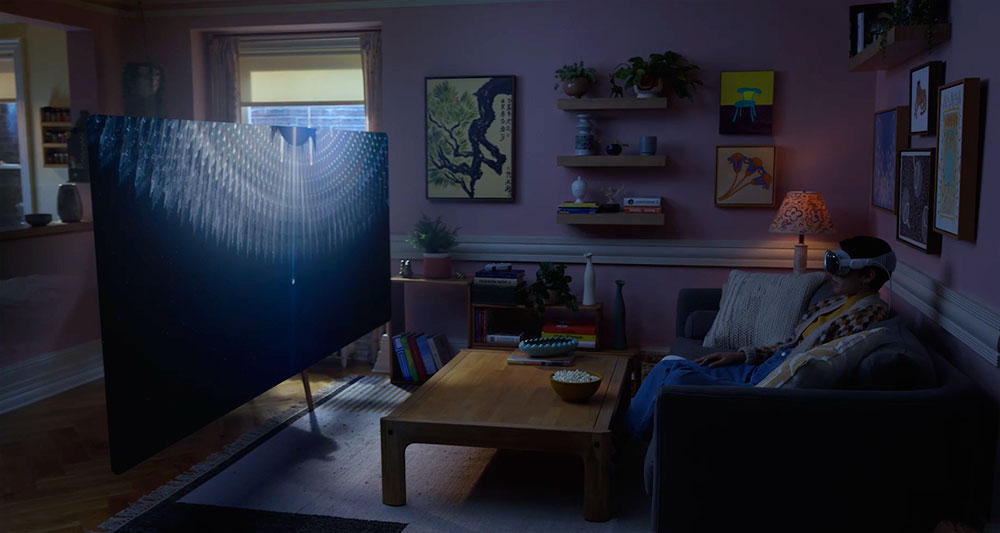
Apple Vision Pro enables users to create a personal cinema experience with a perceived screen width of 100 feet, transforming any space into their own private theater. (Image Credit: Apple)
Theoretically, I could see Vision Pro replacing the need for a physical TV to watch shows, sports, and movies for those users who live alone and don’t watch television in groups. Conceivably, this usage model could impact the traditional large-screen TV market for some users.
Perhaps as a future defense of its $3,499 price point, Apple went out of its way to assert that much of the value proposition of Vision Pro exceeds the combined cost of separate devices such as a state-of-the-art 4K TV, surround sound system, a powerful computer, and high-end camera. That huge claim cannot be validated or dismissed until consumers test the product.
Kiss of Death for Meta’s Quest Offerings?
Not surprisingly, some industry watchers will perceive Apple’s Vision Pro headset as a frontal assault on Meta’s Quest products. This dynamic must be a source of consternation for Meta, given its pivot to focus entirely on the metaverse. Apple’s presentation is refreshing, new, and undeniably ambitious compared to Meta’s strategy, which essentially positions its Quest products as accessories.
The WWDC presentation showcased what the Vision Pro headset can accomplish and how you can use it daily by illustrating how iOS applications, movies, and images would look overlayed against your environment.
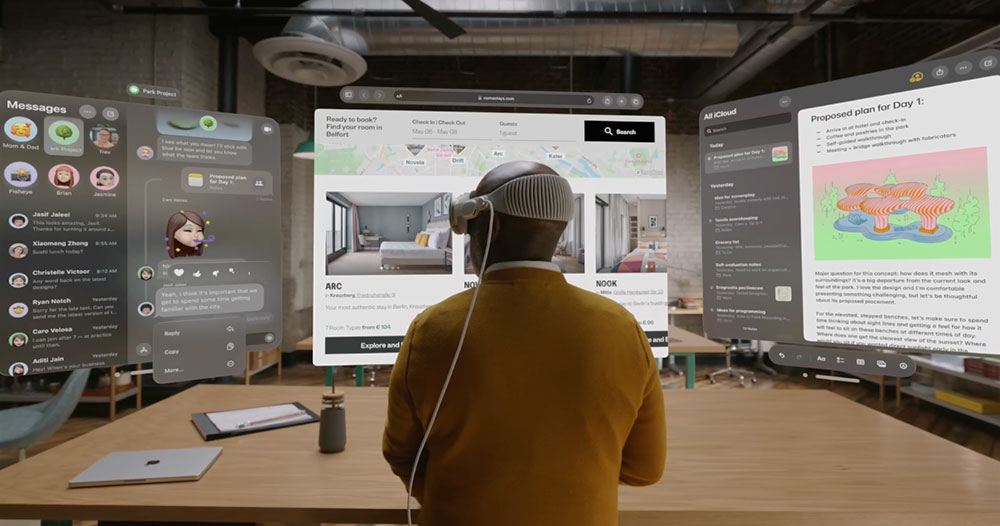
VisionOS enables apps to adapt to the user’s environment in Apple Vision Pro, offering customization in location and scale while interacting with surrounding lighting. (Image Credit: Apple)
Remarkably, I received a call from my 88-year-old mom during the keynote, and even she was amazed at the potential of Vision Pro. That’s a promising sign for Apple’s ability to convince that spatial computing is ready to become mainstream, perhaps even for older users.
Of course, since we won’t have Vision Pro headsets to play with for another six months, I wouldn’t entirely count out Meta. It’s unlikely that many individuals are prepared to wear one of these headsets on a regular and lengthy basis, especially when engaging with family or friends, whether Apple or Meta builds these headsets.
Unlike Meta, Apple’s ecosystem is a decisive advantage for the Cupertino company, and I believe the real magic will come from developers who have six months to foster usage models that will showcase the real potential of Vision Pro.
Will Vision Pro Spark a ‘Lotus Moment’?
Technology historians note that Lotus 1-2-3 was one of the original killer apps that secured the IBM PC’s initial success. My guess is that a comparable killer app will quickly emerge to make Vision Pro one of the most desirable tech products to own in 2024.
My educated guess is that these headsets have an excellent chance to become popular, assuming the actual user experience is as fantastic as Apple said today, which is a very high bar.
Certainly, customers may need some time to familiarize themselves with Vision Pro and adjust to the headset concept, but this will likely happen with the creation of more content for users to consume.
In any scenario, Apple might benefit from the additional time for the price to decrease and the market to develop. Given its $3,499 starting price, Vision Pro’s initial appeal will probably be confined to well-to-do techies and a select few other high-spending early adopters. Though at this point, it’s premature to determine precisely which category of consumers will buy the product.
Is Vision Pro’s Price a Deal-Breaker?
Scores of analysts claim that even Apple can’t defy price elasticity gravitational forces. However, Apple’s premium brand reputation, which has served the company well in the smartphone, smartwatch, and PC spaces, is a powerful asset.
The media hemming and hawing around Vision Pro’s $3,499 price seems somewhat irrational. Recall that the original IBM PC, which had an MSRP of $1,565 in 1982, would cost $4,920 today. IBM sold more than 750,000 PCs in 1983, 800% above the company’s original expectations. Given that, $3,499 is not an outrageous price point, assuming Vision Pro lives up to the lofty expectations Apple spelled out at its keynote.
Moreover, Apple is creating a totally new platform — spatial computing — that could ultimately replace other devices such as laptops, tablets, and even smartphones.
While this transition will take years, what can Apple do to reach more attractive mainstream price points? If the company were to wait until Vision Pro’s ingredients came down in cost enough to support a friendlier mainstream price point, it wouldn’t be able to establish the beachhead in the AR and VR space to get this initial iteration off the launch pad.
At $3,499, Vision Pro may be a niche product, but it could be a large enough niche that most companies would drool over. If Apple sells 250,000 units in the first 12 months, it could be at least a $1 billion revenue opportunity for the company when adding in the associated obligatory, high-margin accessories, app purchases, and Apple Care.
Undoubtedly, the price point comprehends the complexity of creating the headset and its premium ingredients. In addition, we shouldn’t dismiss the potential that in a few years, Apple may be able to lower the price to where a larger mainstream audience can afford it.
Apple’s Long Game
By focusing purely on Vision Pro’s high price point, the tech industry risks missing the device’s long-term importance. Vision Pro, candidly, is a long-term play for Apple. The company has presented a compelling and realistic picture of augmented reality’s future possibilities and deserves kudos for making that case.
Moreover, because Apple can integrate the Vision Pro into its hardware and software ecosystem (the headset can integrate with MacBooks, for example), the company has an overwhelming competitive advantage against Meta. To that end, Meta has to break free from Apple’s control, an unlikely scenario if visionOS becomes a distinct new computer platform as Tim Cook and the Apple leadership team envision the future.
It’s much too early to declare Apple the victor in this brave new world of spatial computing. But as I reflect on what Apple presented at WWDC, the company has not spent the past eight years in vain and knows the stakes are high.
Vision Pro is one of the few product announcements I’ve seen in the past decade that may live up to expectations. Time will tell if Vision Pro makes the proverbial dent in the universe that Steve Jobs often spoke about. I wouldn’t bet against it.

